Can Pilates help with posture?
July 4thGood posture isn’t just about standing tall; it’s the foundation of a healthy body. Whether you’re working at a desk, exercising, or simply moving through daily life, posture impacts everything from spinal health to muscle function and even breathing efficiency.
Do you sit at a desk on your computer for work? Do you watch Netflix slouched on the couch? How about doom scrolling on Instagram… Ever do that?
Modern lifestyles like these, whilst often unsuspecting at the time, can lead to poor postural habits, such as a pokey neck, hunched shoulders, and tight or weak muscles. The outcome? Discomfort, stiffness, and even chronic pain.
That’s where Pilates comes in. With its focus on alignment, core strength, and body awareness, Pilates directly addresses these postural imbalances, making it a powerful solution to improving posture and reducing pain.
Why Posture Matters
Posture affects more than just appearance; it plays a crucial role in daily life and overall health. Poor posture can lead to muscle imbalances, joint strains, and decreased mobility. Over time, these issues can contribute to pain, fatigue, and even injuries. So many people don’t realise how much poor posture is affecting them until symptoms appear.
Modern habits like prolonged sitting, poor ergonomics, and hours hunched over phones create a perfect storm: tight hip flexors, rounded shoulders, and a forward-jutting head. These shifts, often referred to as ‘tech neck’ or ‘desk posture,’ weaken postural muscles and reduce mobility over time.
When your posture is optimal, your body functions more efficiently, reducing stress on joints and muscles while improving the quality of our movement patterns.
Some prevention strategies that you can implement include:
- Desk setup: Consider adjusting your chair, screen height, and keyboard for optimal alignment. A standing desk is also a great option.
- Regular movement: Use reminders to check posture throughout the day. Stand, stretch, and take small breaks every 30–60 minutes as able.
- Targeted exercises: Engage in strength and mobility training that includes core, glutes and back (how can you do all of this at once, you may ask? The answer is Pilates!
How Pilates improves posture
No, Pilates isn’t just about wearing matching Lululemon sets and rolling around on the floor to the latest pop bops. It’s a methodical and highly effective approach to movement that enhances body awareness, alignment, and control, helping you move and sit with better posture throughout the day.
One of the key ways Pilates supports posture is through the use of specialised equipment like the Reformer. This spring-based machines provide resistance that challenges and strengthens key postural muscles—especially the deep core, glutes, and upper back—while also supporting proper alignment. Unlike traditional gym equipment, Pilates gear encourages full-body integration and controlled movement, helping you identify and correct imbalances that contribute to poor posture and pain.
The adjustable springs also allow for progressive load, making it accessible for beginners while still offering enough challenge for advanced movers. They guide the body through precise ranges of motion, promoting better mobility, stability, and neuromuscular control—all essential for maintaining strong, upright posture in daily life.
Posture-based Pilates exercises
Here are some of our go-to Pilates exercises for improving mobility, correcting imbalances, and supporting better overall posture that you can try at home.
1. Chin tucks:
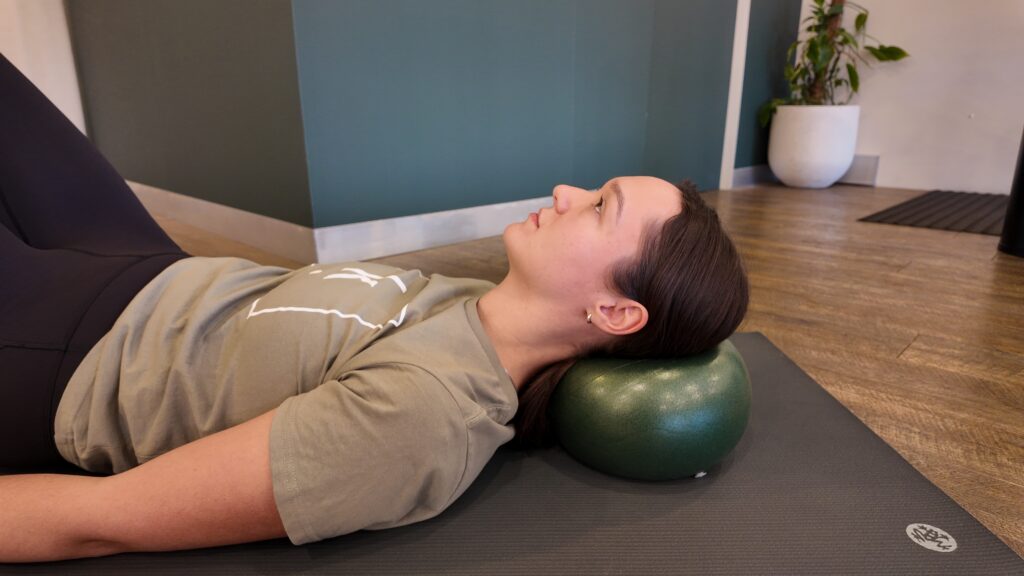
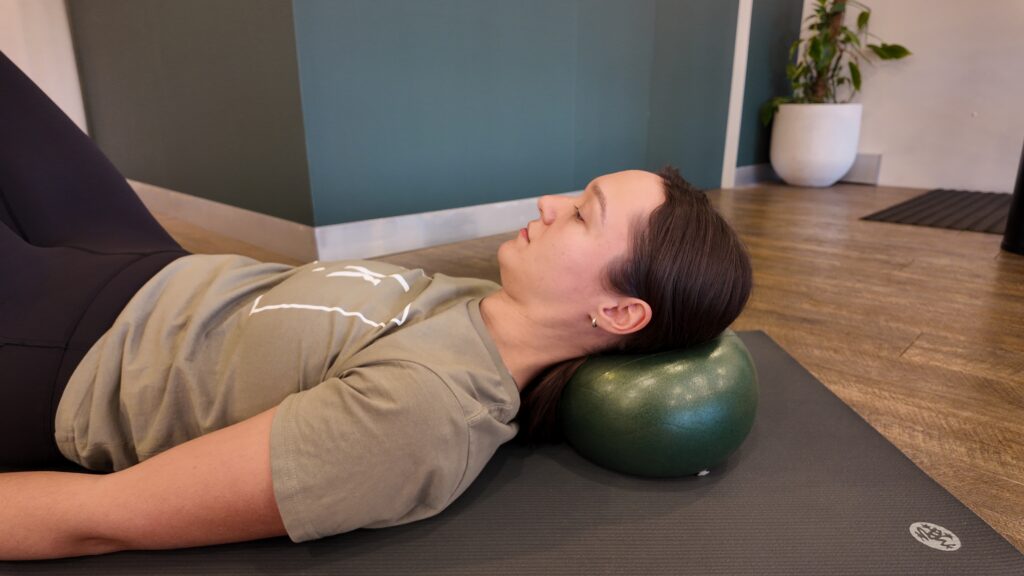
2. Wall angels:
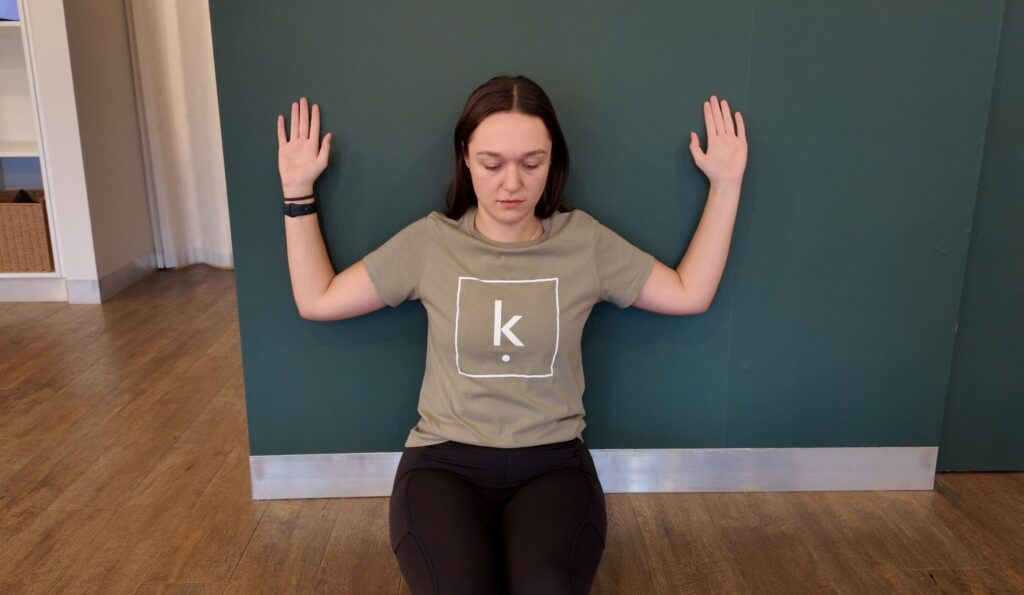

3. Thoracic extension:
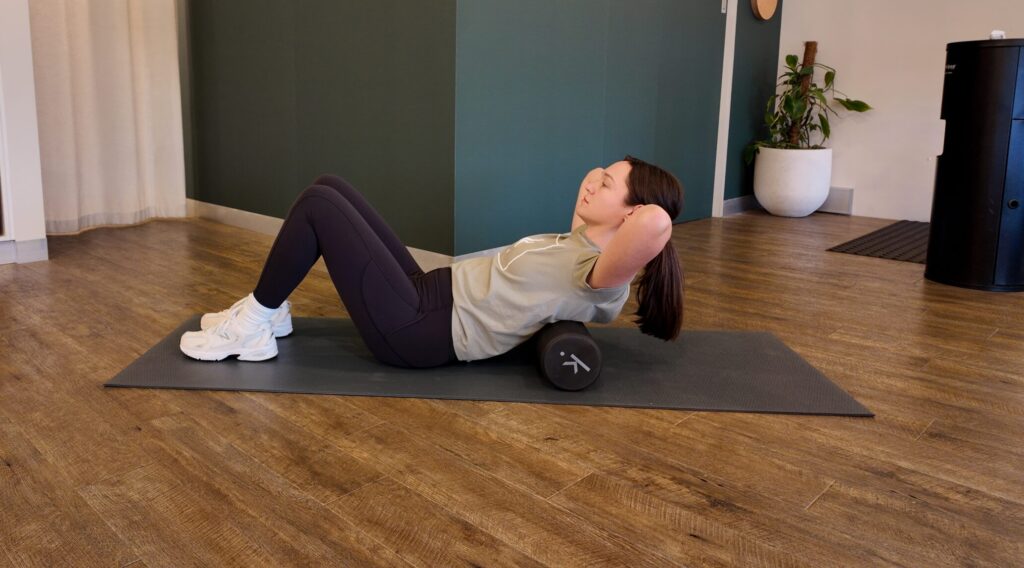
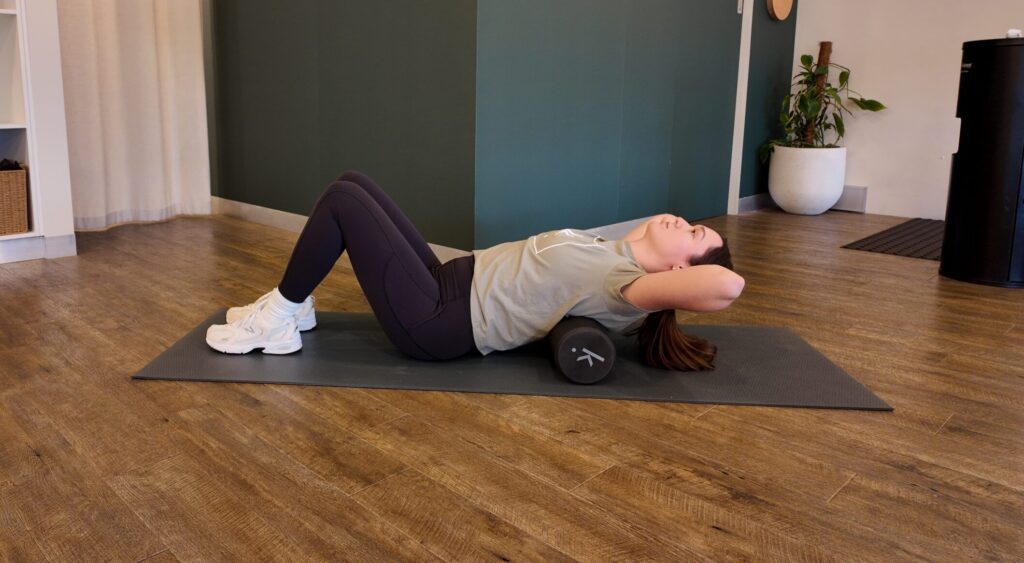
4. Hip flexor stretch:
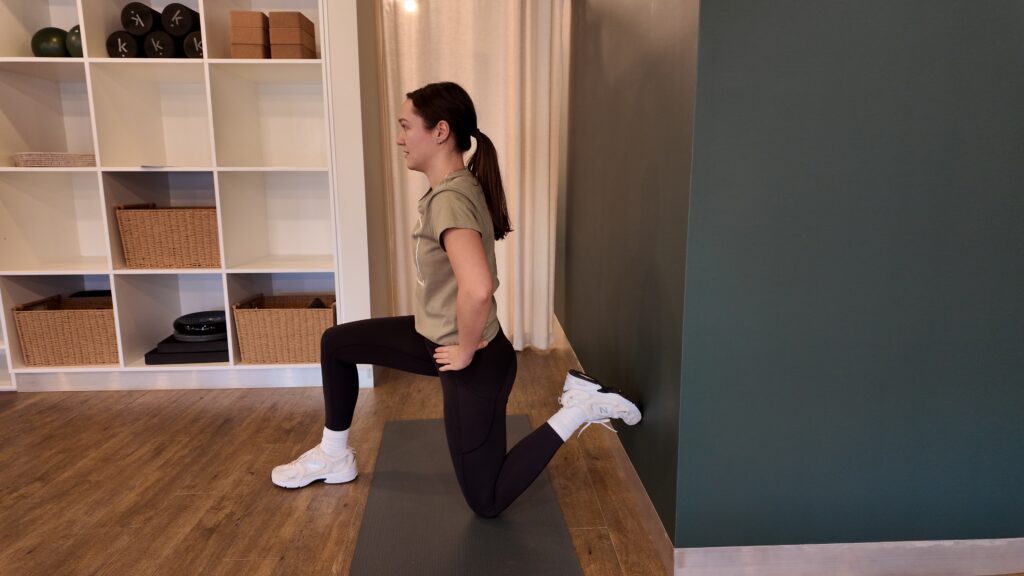
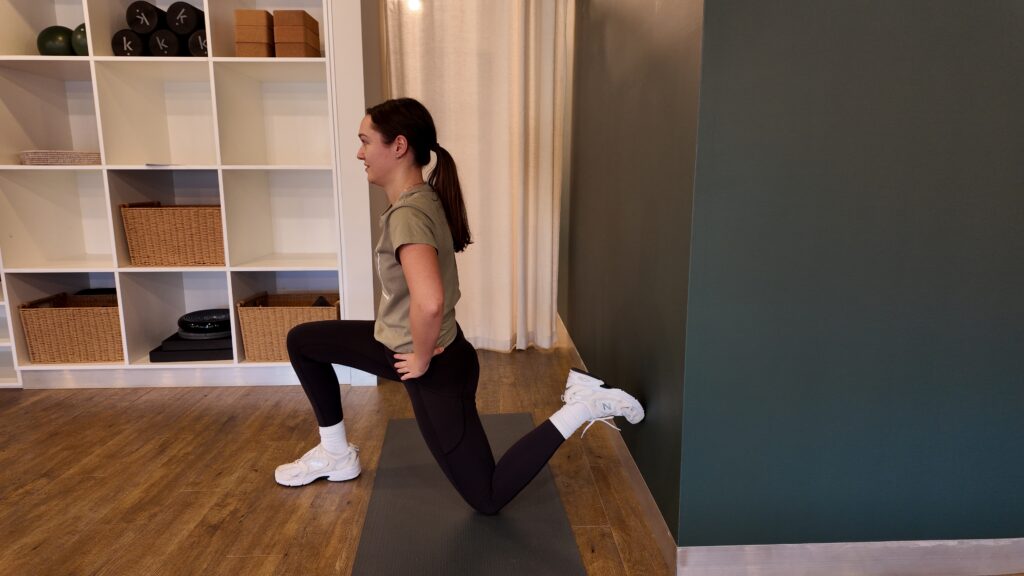
5. Bridge:
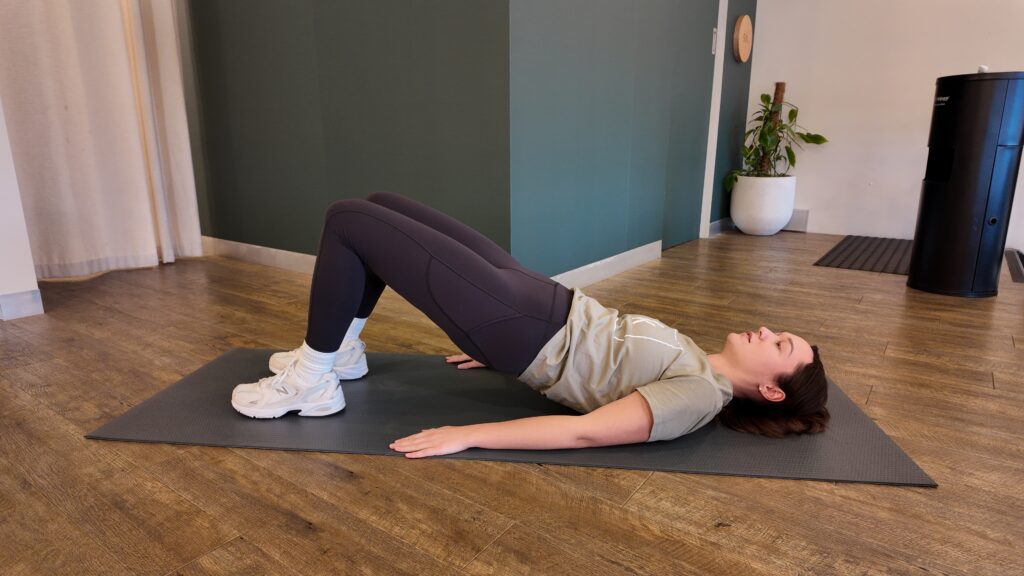
6. Deadbug:
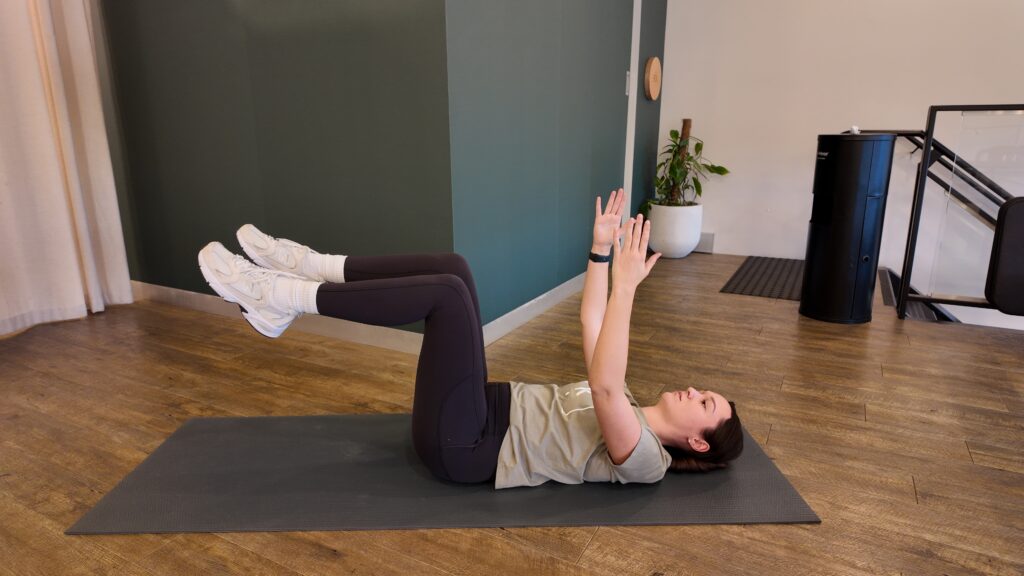
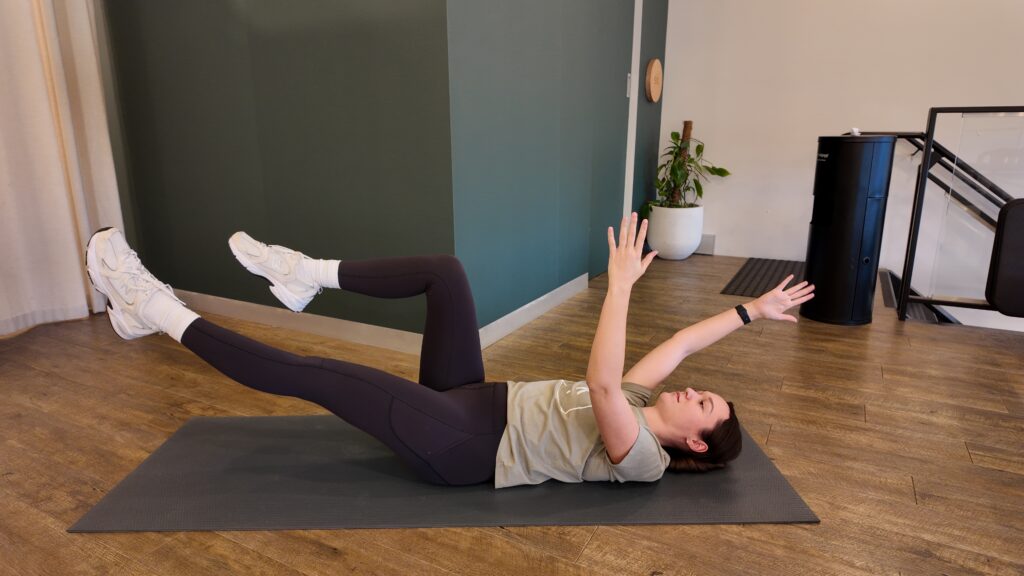
Improve your posture with clinical pilates at Kinematics
While group fitness Pilates classes can be effective, Clinical Pilates offers a personalised approach tailored to your body, goals, and movement patterns. At Kinematics, our physiotherapists integrate Pilates principles into evidence-based rehab and strength programs, providing safe, targeted exercises that address individual postural imbalances and movement habits. Whether you’re recovering from injury or simply aiming to move better in everyday life, our Clinical Pilates sessions combine expert support with meaningful, sustainable results.
If you are ready to get started, check the Kickstarter pack. This is the best way to begin with expert guidance and a personalised plan.
By Amelia Dentesano
Physiotherapist.
